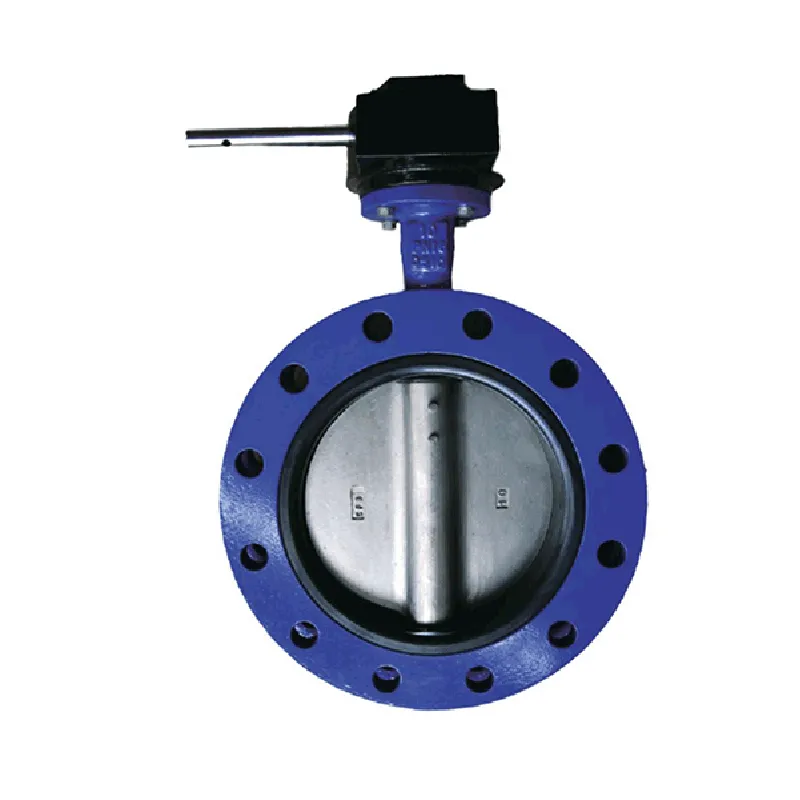10 月 . 09, 2024 02:49 Back to list
Understanding Low Pressure Check Valve Function and Applications in Fluid Systems
Understanding Low Pressure Check Valves Importance and Functionality
Low pressure check valves play a crucial role in various fluid systems, ensuring that fluid flows in the desired direction while preventing backflow. These valves are especially significant in applications where maintaining pressure is essential for system integrity, efficiency, and safety. This article delves into the functionality, types, and applications of low pressure check valves.
What are Low Pressure Check Valves?
Low pressure check valves are mechanical devices designed to allow fluid to flow through them in one direction while blocking reverse flow. They operate based on the principle of pressure differences. When the pressure in the upstream area exceeds that in the downstream area, the valve opens, allowing fluid to pass. Conversely, when the downstream pressure is higher, the valve closes, preventing any backflow.
Types of Low Pressure Check Valves
There are several types of check valves that cater to low-pressure applications, including
1. Swing Check Valves These valves use a disc that swings on a hinge. When fluid flows in the forward direction, the disc lifts, and when flow reverses, gravity closes the disc against the seat, stopping backflow.
2. Lift Check Valves These valves feature a movable disc that lifts off the seat when fluid flows in the forward direction. They are ideal for vertical applications where the fluid is forced upward.
low pressure check valve

3. Ball Check Valves These utilize a ball as the closing mechanism. The ball remains seated against the valve body when reverse flow occurs, providing a reliable seal.
4. Diaphragm Check Valves These employ a diaphragm that flexes to allow forward flow and seals tightly against a seat during backflow. They are used mainly in sanitary and corrosive environments.
Applications of Low Pressure Check Valves
Low pressure check valves are widely used in numerous industries, including
- Water Supply Systems To prevent backflow in irrigation and municipal water distribution networks. - HVAC Systems To maintain proper pressure in heating and cooling systems, preventing water hammer and protecting equipment. - Food and Beverage Industry In sanitary processing systems, where backflow could lead to contamination. - Chemical Processing To safeguard against reverse flow that could cause chemical cross-contamination.
Conclusion
Low pressure check valves are integral components of various fluid management systems. Their ability to prevent backflow and maintain system pressure enhances efficiency, safety, and reliability. When selecting a check valve, it is essential to consider factors such as flow direction, pressure requirements, and the specific application to ensure optimal performance. Understanding these aspects will aid engineers and system designers in making informed decisions that promote the longevity and functionality of fluid systems.
Share
-
Understanding the Differences Between Wafer Type Butterfly Valve and Lugged Butterfly ValveNewsOct.25,2024
-
The Efficiency of Wafer Type Butterfly Valve and Lugged Butterfly ValveNewsOct.25,2024
-
The Ultimate Guide to Industrial Swing Check Valve: Performance, Installation, and MaintenanceNewsOct.25,2024
-
Superior Performance with Industrial Swing Check Valve: The Essential Valve for Any SystemNewsOct.25,2024
-
Industrial Swing Check Valve: The Ideal Solution for Flow ControlNewsOct.25,2024
-
You Need to Know About Industrial Swing Check Valve: Functionality, Scope, and PerformanceNewsOct.25,2024